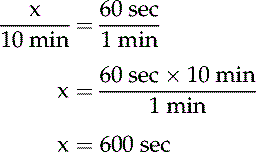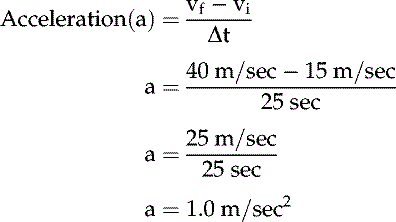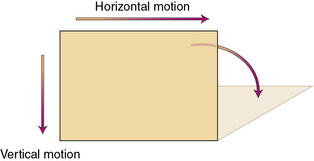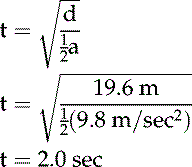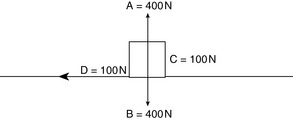8 Physics
Nature of Motion
Acceleration
Projectile Motion
It is also possible for an object to display two types of motion simultaneously. This motion is generally called projectile motion. If a can is kicked from the edge of a cliff, the can will move horizontally at the same time it falls toward Earth (Figure 8-1). The horizontal motion is not an accelerated motion; therefore horizontal distance (dx) is a function of velocity (vx) and time (t) based on the following mathematic expression, where the x subscript is used to denote motion along the horizontal plane (x axis).
Sample Problem
Newton’s Laws of Motion
Newton’s Second Law of Motion
Sample Problem
The weight of the object on Earth is determined to be 12.25 N.
Friction
Friction is a force that opposes motion and is expressed in newtons. If a box (Figure 8-2) is slid on a surface at a constant rate by an applied force, we can deduce that friction is present and is opposing the motion of the box. Because there is no acceleration of the box, it is clear that friction is present and all forces are balanced. This relationship of balanced forces is represented in the diagram. Note that the normal force (A) and the weight (B) are balanced. The applied force (C) is to the right and has a magnitude of 100 N. The frictional force (D) is to the left and must also be 100 N if the box has no acceleration.
Sample Problem
Rotation
The relationship between linear motion and rotational motion is analogous and conforms to Newton’s laws. Box 8-1 provides a description of the relationship between the mathematic expressions describing linear motion and those describing rotational motion. Beside each linear motion formula is its rotational motion counterpart. The expressions have been defined and applied within this chapter.

